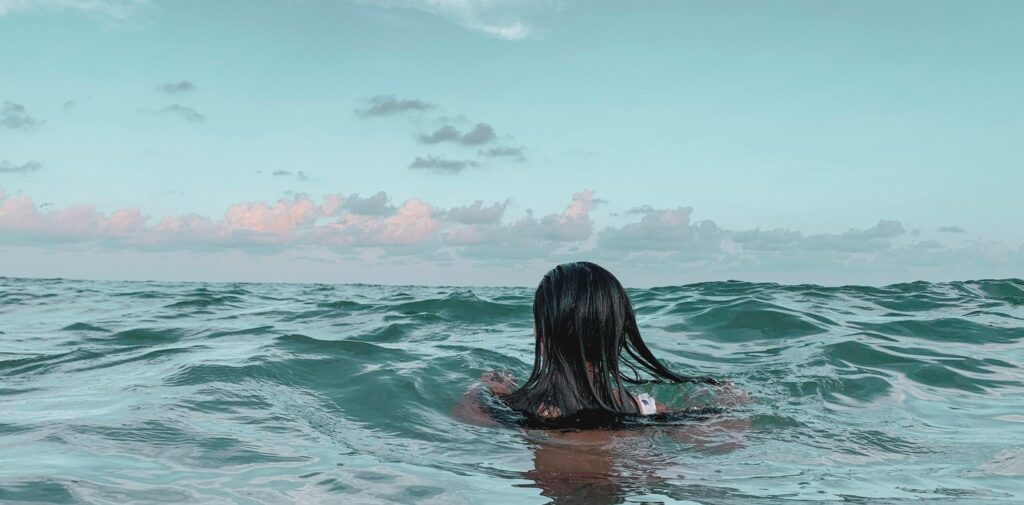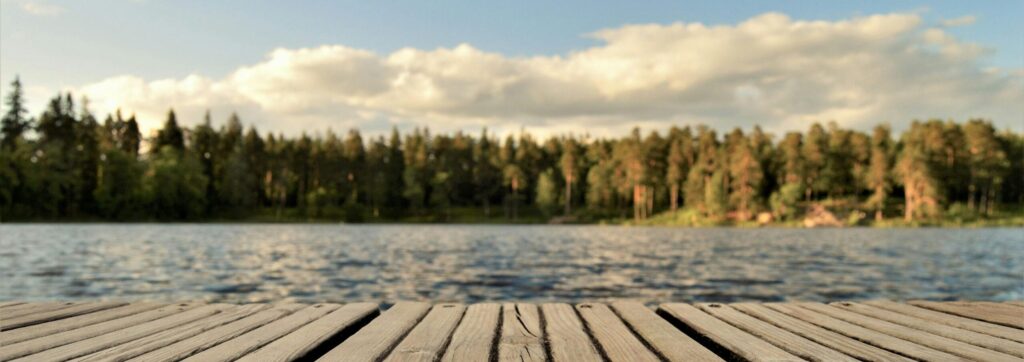With longer days and sunnier skies on the horizon, it’s officially time to dust off your hiking boots, pump up those bike tires, and head to the court or the pool. As we welcome summer, we wanted to dive into how some of your favorite warm-weather activities—racket sports, hiking, swimming, and cycling—uniquely support your health. This post will start off with a summary of the baseline benefits of getting your body moving, and end with key tips and tricks to prevent injury this summer. Let’s dive in!
Why Exercise Rocks (Regardless of the Sport)
Even before we get into the specifics, it’s worth remembering that any regular movement is a win for your body and brain. Here’s why:
- Live Longer, Feel Better: Just 150 minutes of moderate activity a week can significantly reduce your risk of dying from any cause—even if you’re just starting out.
- Heart Health: Movement helps lower blood pressure, improve cholesterol, and support insulin sensitivity, all of which protect your heart and arteries.
- Metabolic Boost: Exercise helps prevent type 2 diabetes and supports healthy weight. Bonus: building muscle (especially in your legs and glutes) boosts insulin sensitivity.
- Mental Reset: Regular workouts reduce symptoms of anxiety and depression, increase focus, and lower your risk of dementia.
- Bone & Muscle Support: Strength training and weight-bearing activities keep your bones strong and your balance sharp—especially as you age

Racket Sports
Why we love it: There’s nothing quite like the satisfying thwack of a racket hitting the ball.
- Cardio + Coordination: Racket sports boost heart health, burn calories, and promote a healthy body composition.
- Brain Gains: These fast-paced sports enhance reaction time, decision-making, and focus. They’re even beneficial for kids with ADHD, improving executive function and motor skills.

Hiking
Why we love it: The benefits of being in nature coupled with the full body workout you get from hiking is unmatched!
- Muscle + Bone Strength: Uneven trails challenge your legs, core, and upper back, building strength and bone density. Adding a backpack will give your body that extra push and further promote good bone density.
- Brain benefits: Hiking outdoors boosts attention, memory, and executive function more than indoor exercise.
- Natural Stress Relief: Studies show hiking lowers anxiety and depression, and improves overall well-being thanks to the combo of movement and nature.

Swimming
Why we love it: More than just a way to beat the heat, swimming is a low-impact, high-reward workout that supports cardiovascular, respiratory, and mental health.
- Joint-Friendly, Full-Body Burn: Swimming is low-impact and ideal for people with joint issues or injuries. It also benefits the lungs and improves breathing capacity due to the challenge of timing your breaths while engaging in aerobic fitness.
- Nervous System Benefits: Long-term recreational swimming enhances your body’s autonomic regulation – aka better heart rate control and stress response.
- Mindful Movement: Swimming (especially in open water) offers meditative mental health benefits you won’t find on a treadmill. Additionally, the benefits of gazing at or being near large bodies of water have been well-documented to support stress reduction. The only thing better than gazing at the ocean is swimming in it!

Cycling
Why we love it: Whether you’re commuting to work or riding for fun, cycling offers a powerful blend of fitness, function, and freedom that makes it one of the most beneficial ways to stay active.
- Joint-Friendly: Cycling is a great low-impact exercise that’s easy on hips, knees, and ankles, making it a good choice for those with joint issues or recovering from injury.
- Muscle Maintenance: Cycling helps preserve lower body muscle mass and reduce intramuscular fat, especially in the glutes and quads. Our leg muscles and glutes, being some of the largest muscles in our body, contribute significantly to blood sugar regulation and insulin sensitivity.
- Improves Balance: The balance required for cycling enhances stability and postural control which can reduce fall risk, especially for older and aging adults.
- Eco + Health Win: Cycling as transportation supports your health and the planet by cutting down on emissions.

Avoiding Injury
Once the sun comes out, you might feel a burst of motivation to finally get moving, but don’t let the nice weather lead you to an injury! Here are our top tips for preventing injury this summer as you break into your new favorite summer sports.
- Don’t be a weekend warrior! Going all out – for example summiting a peak when you haven’t hiked since 2024 – is one of the most common ways that people sustain injuries. While the enthusiasm is great, make sure that you ramp your way up gradually with proper training and gradual increases in intensity when doing a new activity for the first time in a while.
- Invest in proper footwear. Wearing the right shoes for the sport and for your feet is key to injury prevention. Not sure where to start? Check out Run As You Are in Kitsilano, which provides free and personalized shoe fitting.
- Warm up and stretch before and after workouts. A few extra minutes can make a big difference in your performance and recovery.
- Train for your sport with foundational exercises that prepare your body for all types of movement. Some of the most effective full-body exercises include deadlifts, sled pushes and pulls, walking lunges, loaded carriers, and pull-ups. Remember, form is key! If you don’t feel confident in your form, consider getting a trainer or following an online program.
No matter how you choose to move, summer is the perfect time to build healthy habits, explore new activities, and reconnect with your body. And don’t forget, if you need help getting started or you sustain an injury this summer, the team at Friday Health is always here to help!

References
American College of Sports Medicine. (2011). Quantity and quality of exercise for developing and maintaining cardiorespiratory, musculoskeletal, and neuromotor fitness in apparently healthy adults: Guidance for prescribing exercise. Medicine & Science in Sports & Exercise, 43(7), 1334–1359. https://doi.org/10.1249/MSS.0b013e318213fefb
Huber, D., Freidl, J., Pichler, C., et al. (2023). Long-term effects of mountain hiking vs. forest therapy on physical and mental health of couples: A randomized controlled trial. International Journal of Environmental Research and Public Health, 20(2), 1469. https://doi.org/10.3390/ijerph20021469
Boere, K., Lloyd, K., Binsted, G., & Krigolson, O. E. (2023). Exercising is good for the brain but exercising outside is potentially better. Scientific Reports, 13(1), 1140. https://doi.org/10.1038/s41598-022-26093-2
Faíl, L. B., Marinho, D. A., Marques, E. A., et al. (2022). Benefits of aquatic exercise in adults with and without chronic disease—a systematic review with meta-analysis. Scandinavian Journal of Medicine & Science in Sports, 32(3), 465–486. https://doi.org/10.1111/sms.14112
Disclaimer: The content provided on this blog is intended for informational purposes only and should not be construed as medical advice. While we strive to present accurate and up-to-date information, the field of naturopathic medicine is continually evolving, and individual health circumstances vary. Therefore, the information herein may not apply to your specific health situation.
Please be aware that engaging with this blog does not establish a doctor-patient relationship. For personalized medical advice, diagnoses, or treatment plans, we recommend scheduling a consultation with a qualified naturopathic physician or other licensed healthcare provider.
In the event of a medical emergency, contact emergency services immediately.

